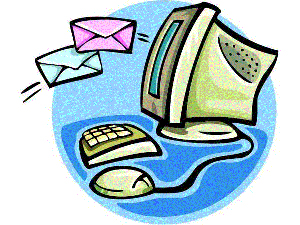
It can make good marketing sense to partner with a nonprofit or cause.
Consider what my marathon friends did when they were raising money to participate in the 3-Day Walk (you walk 60 miles in 3 days to promote breast cancer awareness and raise money for research). They approached a local restaurant called Backburner, which was famous for their cinnamon rolls. For a week, every time someone bought a cinnamon roll, they donated $1 to my friends for their walk.
I personally hadn’t heard of the restaurant, but when I found this out, my husband and I went and had breakfast there (complete with a cinnamon roll of course!).
So this turned into a win-win for everyone. My friends won because they were able to get donations for their walk. Susan G Komen won because they got more money to donate to research. The restaurant won because they got additional promotion and good will, helping out a good cause. And I won because I got to eat a yummy breakfast and discover a new restaurant. (We’re ignoring the calories I consumed there.)
More than ever before, consumers are socially-minded. In many cases, they want to know the businesses they patronize are also socially- minded. Connecting your business to a good cause is about more than just making yourself “feel good”; it can also make good business sense.
So what are some ways to start? (Other than writing a check.) Well, here are a few ideas you can use:
1. Jenn August did a whole telesummit around giving money to various causes. You could do the same.
2. If a summit is too much work, just do one teleclass, charge a low fee, and let people know proceeds will also help support your cause.
3. Have a sale and let people know a percentage of proceeds are going to support a nonprofit.
4. Offer to give a product of yours for free if people donate. Or, put together a special teleclass only for people who donate. (I would put a time frame around this if you do – for instance, allow 48 hours or a few days to donate.)
5. Put links to your favorite nonprofits in your newsletter or on your website. (But don’t make it so prominent you encourage people to click away from your site and not support YOU.)
6. Give away your time. If you’re a service professional and you find your client pipeline has slowed down or dried up, donating your time to a nonprofit can be a good way to jump-start your business. The exposure can help you find new clients, and you can make it known you support their cause. (And don’t forget to get a testimonial.) Now, be careful with this strategy. I’ve used it myself, but make sure you don’t go too crazy donating your time or you could end up getting really stressed- out when you client work picks up again.
But whatever you do, make sure this is coming from the heart. People can sense if you’re not being sincere, so make sure you truly do believe in the cause, if you’re going to publically help support it.



